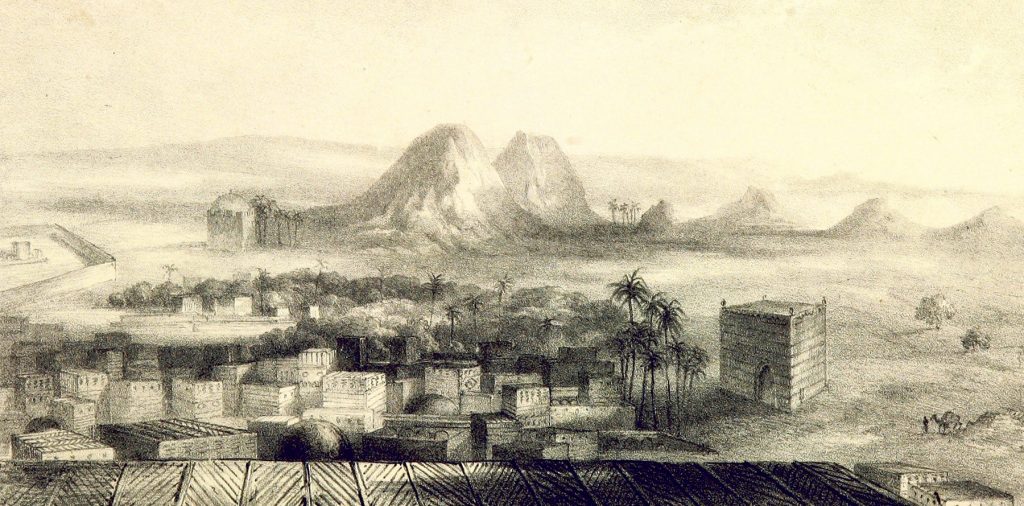History
Literally, “Guelmim” takes its name from an Amizigh word (Agoulmim) meaning “wet space”, due to the existence of several water points which have made it a popular place for local populations who had in time pastoralism as a way of life.
The region is considered the country of the Tekna, a Berber tribal confederation living along the Oued Noun and known, historically, under the name of the country of the Noul Lamta, to which other Arab tribes were added from the 13th century, the Bani Maakal for the most part.
Depending on the era, the region has wavered between a commercial, administrative and/or political centrality, thus the historical centers of the region are:
Asrir located 10 km from Guelmim, historically known as the capital of the Noul Lamta,
Tagoust the current Laqsabi, a prosperous city of sub-Saharan trade and regional capital of Souss Al Aqsa at the end of the 18th century.
Ouâro is a storage place famous in the past for its cultivation of tobacco and other agricultural products.
Faseq, cited by Chatelier as the place of residence of caïd Mohmmed Mouloud ould Djemba in 1886;
Tagant also known as a storage point at the end of the 19th century.
Guelmim whose initial nucleus was a Kasbah (Agouidir) which experienced its period of prosperity following the social unrest and the epidemic that the region experienced between 1797 and 1800.

With the independence of Morocco in 1956, there was a new administrative implementation of the region where the city of Guelmim was consecrated urban commune and capital in 1959. The other entities kept the status of rural commune. These are Asrir, Laqsabi-Tagouste and Fask, also created in 1959. Abaynou, Tiliouine-Assaka, Targa-Wassay, Labyar, Aferkt and Imi-n’Fast were added in 1992.
With the exception of Guelmim which changed from status to status during its administrative existence to eventually become the capital of the Guelmim Oued Noun region, the other localities have kept their respective status intact, namely: seats of rural communes.

